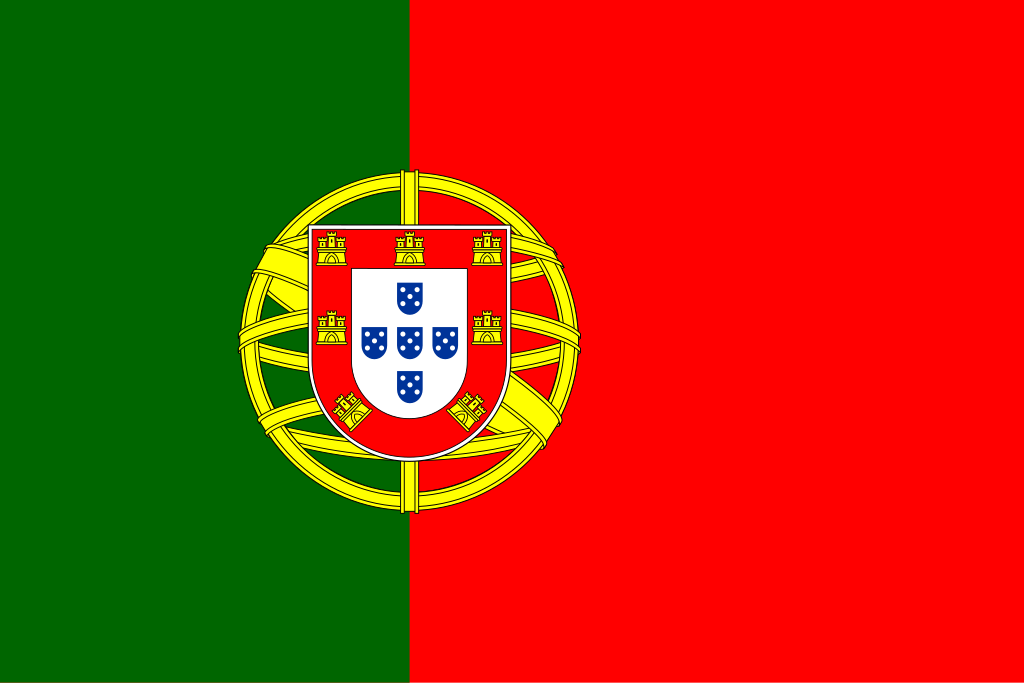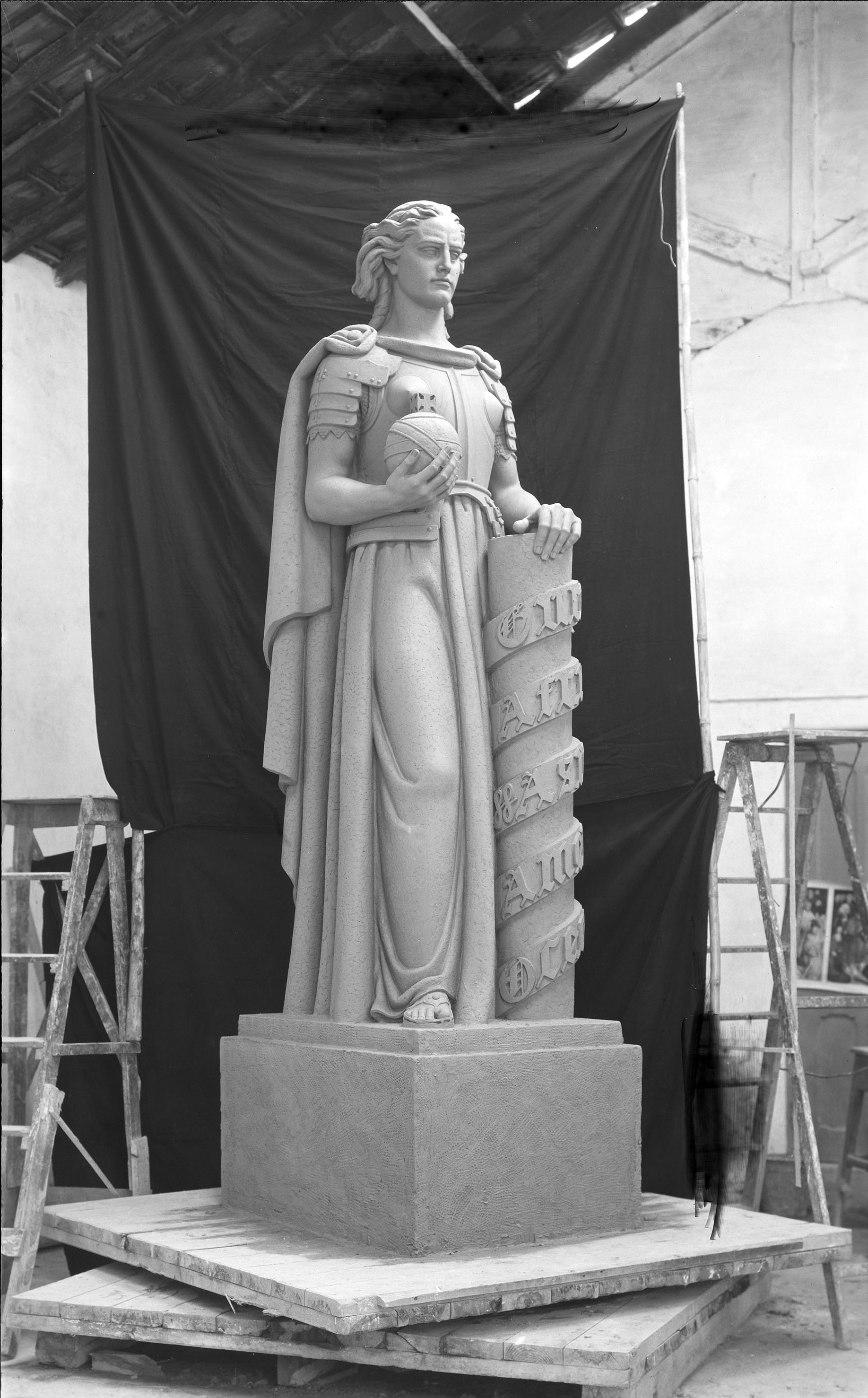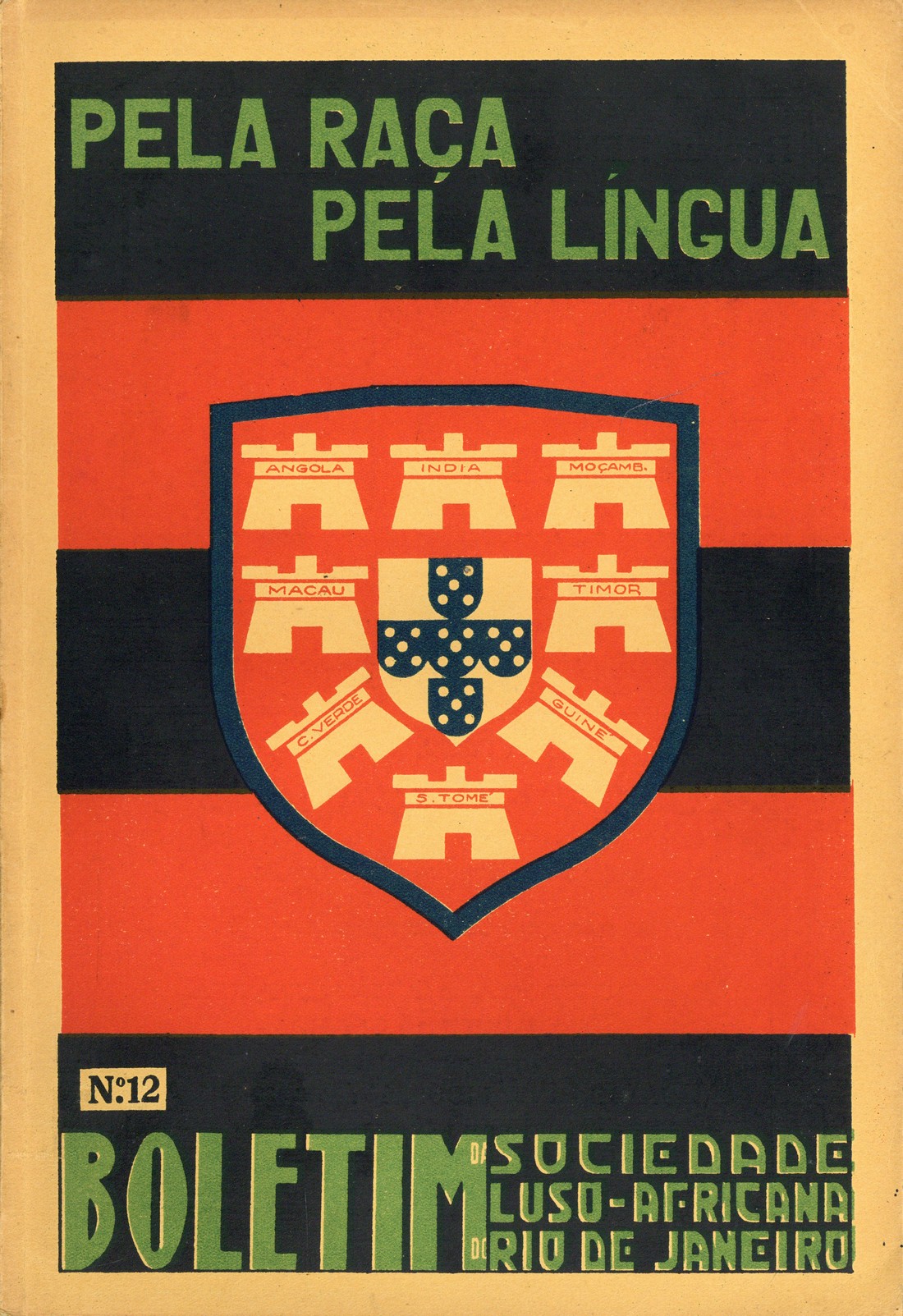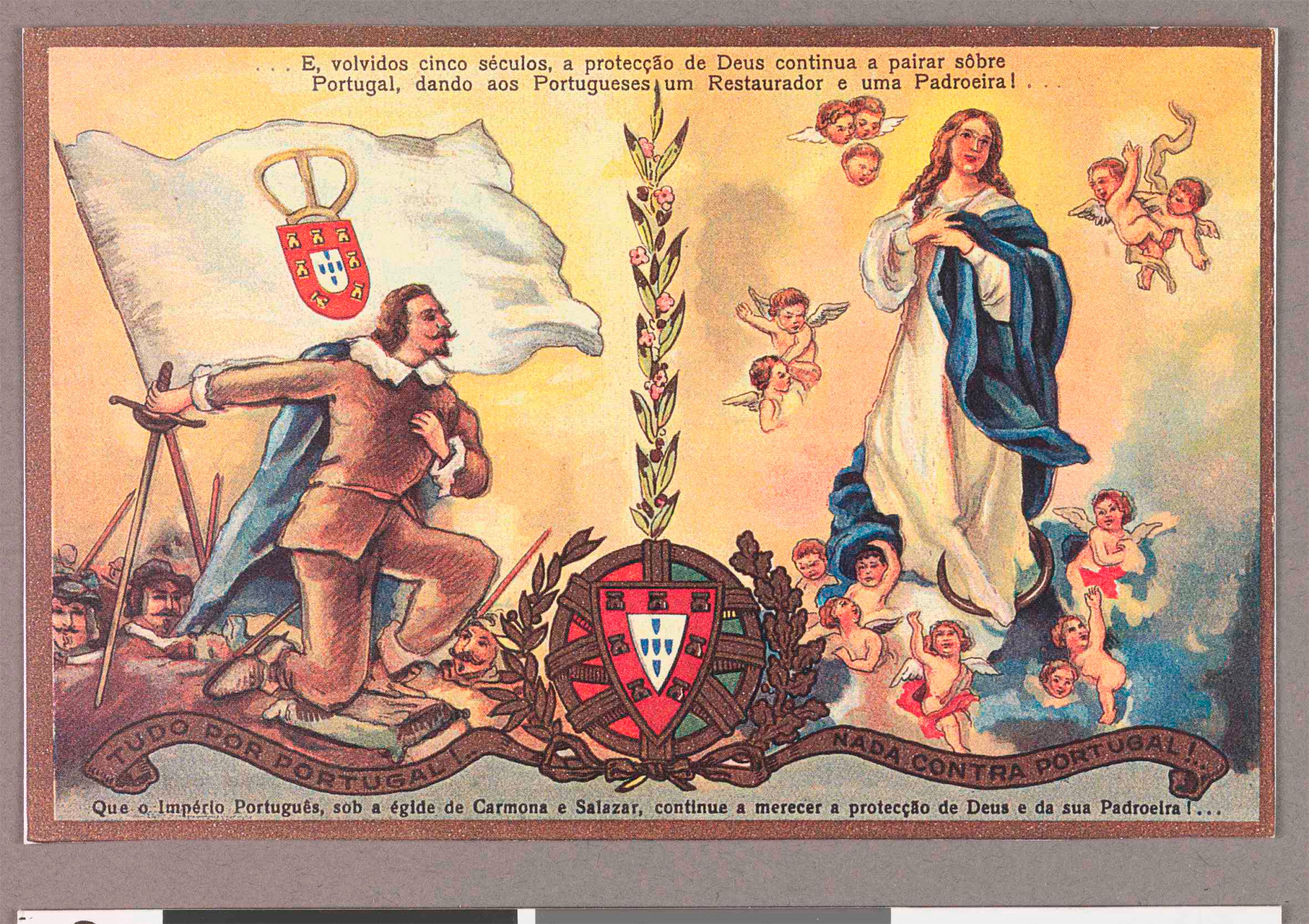Imagem

Reflexão
Portuguese National Flag
The Portuguese national flag, together with the anthem ‘A Portuguesa’, are the Portuguese national symbols enshrined in the constitution.
It is divided into two fundamental colours, green on the hoist side (where the flagpole is attached) and red on the hoist side. The national coat of arms, consisting of a yellow armillary sphere on which the coat of arms of Portugal rests, is placed in the division between the two colours.
Over the decades and political periods, the flag has undergone various changes in both the style and meaning of its elements. From the Estado Novo to the present day, the green symbolises hope and the red represents the blood shed by those who fought for their homeland; the central shield evokes national identity and military victories, with the five blue chevrons and white dots representing the five Moorish kings defeated by King Afonso Henriques, marking the beginning of the colonial invasions, while the golden armillary sphere refers to the era of the 16th century colonial invasions and Portuguese maritime expansion.


